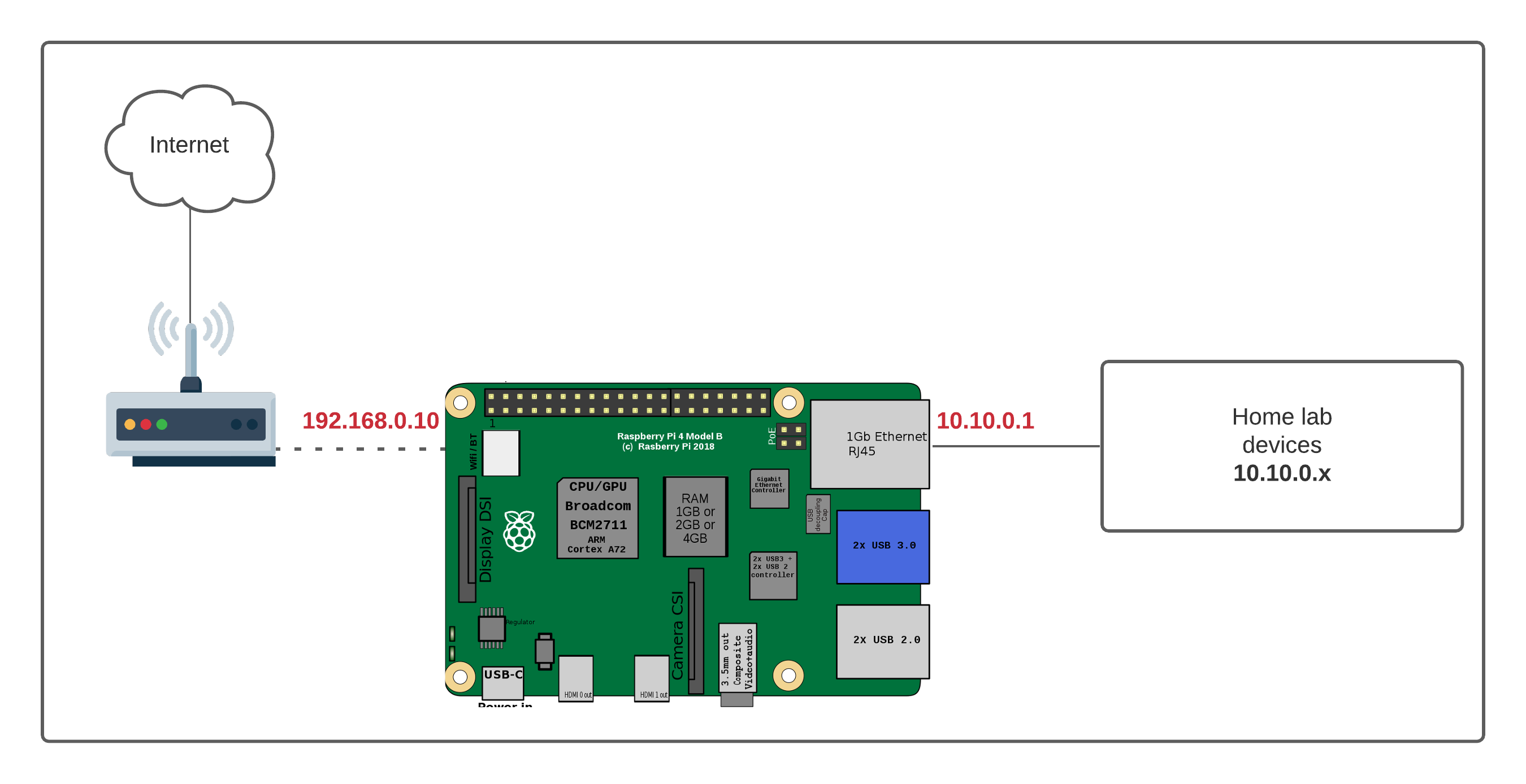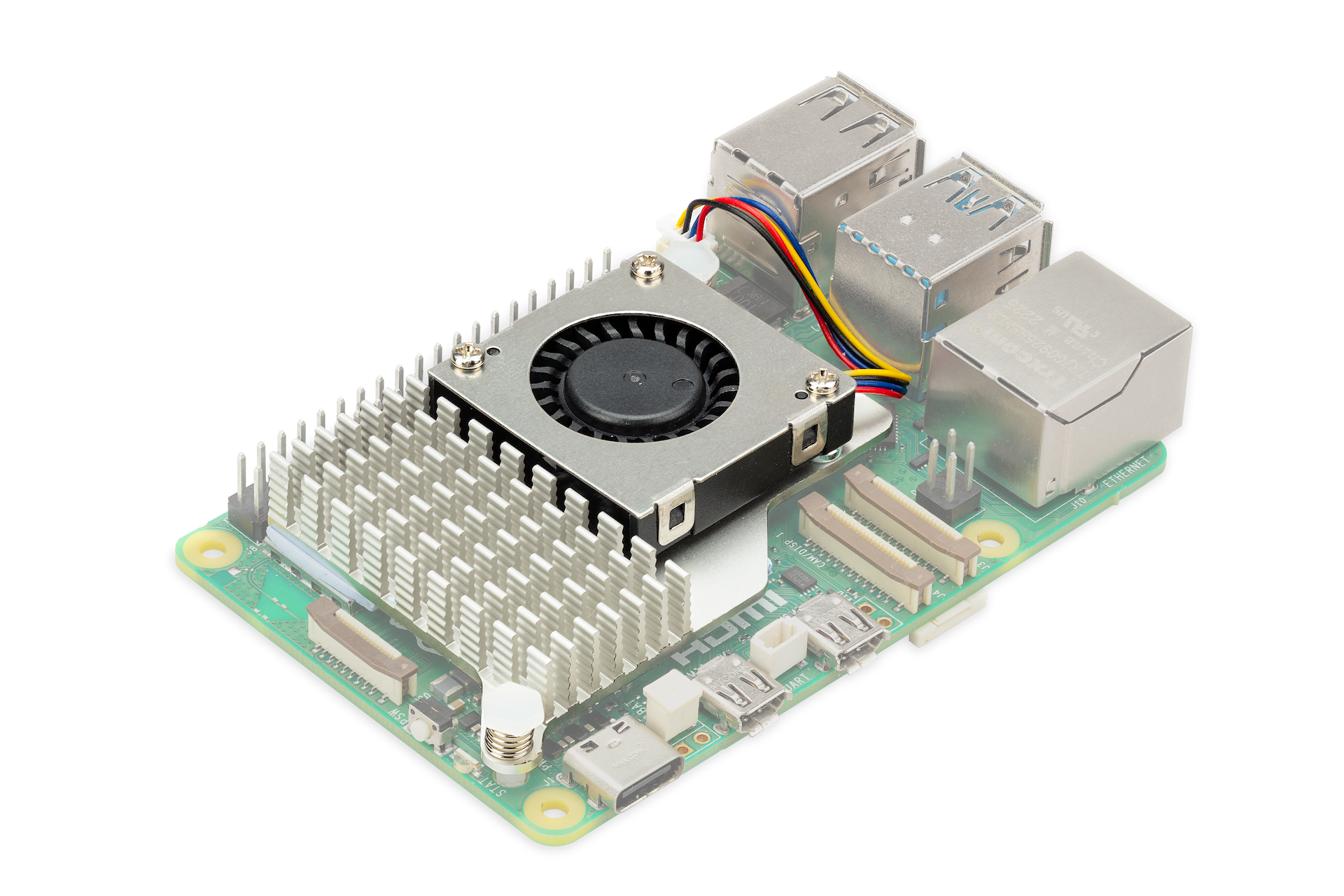Have you ever wondered how you can create a top-notch IoT setup without breaking the bank? Well, the Raspberry Pi is your golden ticket to making that happen! With its tiny size and massive potential, this little device has taken the tech world by storm. From home automation to remote monitoring, the Raspberry Pi offers endless possibilities for remote IoT setups behind your router—completely free! So, if you're ready to dive into the world of Raspberry Pi and IoT, you've come to the right place.
Imagine having a smart home setup that you built yourself, using nothing but a Raspberry Pi and some free software. Sounds exciting, right? The best part? You don’t need any fancy or expensive hardware to get started. Whether you're a seasoned tech enthusiast or a complete beginner, this guide will walk you through everything you need to know about setting up a remote IoT system behind your router using a Raspberry Pi.
But wait—why should you care about remote IoT? In today's fast-paced world, having remote access to your devices and systems is more important than ever. Whether it's checking your home security cameras, monitoring your garden's moisture levels, or controlling your smart lighting, the Raspberry Pi can do it all. Let's explore how you can harness its power without spending a dime!
- The Dark Side Of Digital Fame The Battle For Privacy In The Age Of Tana Rain
- Unpacking The Digital Realm Of Adult Entertainment Jameliz Benitez Smithrsquos Footprint
Here's a quick overview of what we'll cover in this guide:
- Introduction to Raspberry Pi and Remote IoT
- Raspberry Pi Basics: What You Need to Know
- Why Choose Free Options for Remote IoT?
- Setting Up Your Router for Remote IoT
- Best Software Options for Free Remote IoT
- Creative Project Ideas Using Raspberry Pi
- Security Tips for Remote IoT Behind Router
- Troubleshooting Common Issues
- Comparing Raspberry Pi with Other IoT Devices
- Conclusion: Take Action Today
Introduction to Raspberry Pi and Remote IoT
So, what exactly is a Raspberry Pi, and how does it relate to remote IoT? Simply put, the Raspberry Pi is a credit-card-sized computer that can run a variety of operating systems and applications. It's affordable, easy to use, and packed with features that make it perfect for DIY projects. When combined with remote IoT, the possibilities are endless!
Remote IoT refers to the ability to control and monitor devices over the internet from anywhere in the world. By setting up your Raspberry Pi behind your router, you can create a secure and reliable connection that allows you to access your devices remotely. This is particularly useful for tasks like home automation, environmental monitoring, and even remote server management.
- The Malayalam Film Industry Navigating Artistic Expression And Ethical Responsibility
- Unpacking The Phenomenon Jameliz And The Evolution Of Digital Curiosity
But here's the kicker: you don't need to spend a fortune to make it happen. There are plenty of free software options available that work seamlessly with the Raspberry Pi, making it an ideal choice for anyone looking to get started with IoT on a budget.
Raspberry Pi Basics: What You Need to Know
Understanding the Hardware
Before we dive into the nitty-gritty of remote IoT, let's take a moment to understand the basics of the Raspberry Pi. The Raspberry Pi comes in several models, each with its own set of features and capabilities. For most remote IoT projects, the Raspberry Pi 4 Model B is the way to go. It offers a powerful processor, ample RAM, and multiple USB ports, making it perfect for running multiple applications simultaneously.
Here's a quick breakdown of what you'll need:
- Raspberry Pi board (preferably the latest model)
- MicroSD card (16GB or higher)
- Power supply (official Raspberry Pi power adapter recommended)
- Keyboard and mouse (optional, depending on your setup)
- HDMI monitor (optional, for initial setup)
- Network cable or Wi-Fi dongle
Choosing the Right OS
Once you have your hardware ready, the next step is choosing the right operating system for your Raspberry Pi. For remote IoT projects, you'll want to go with something lightweight and efficient. Some popular options include:
- Raspberry Pi OS (formerly Raspbian)
- Ubuntu Server
- OpenWrt
Each of these operating systems has its own strengths and weaknesses, so it's important to choose the one that best fits your needs. For beginners, Raspberry Pi OS is usually the best choice, as it's user-friendly and comes with a wide range of pre-installed tools and utilities.
Why Choose Free Options for Remote IoT?
When it comes to setting up a remote IoT system, there are plenty of paid options available. But why spend money when you can achieve the same results for free? Here are a few reasons why free software is the way to go:
- Cost-effective: Who doesn't love saving money? By using free software, you can set up a fully functional remote IoT system without having to worry about licensing fees or subscription costs.
- Community support: Many free software options come with active communities of users and developers who are more than happy to help you troubleshoot any issues you might encounter.
- Flexibility: Free software often gives you more control over how your system is configured, allowing you to tailor it to your specific needs.
Some popular free software options for remote IoT include:
- Home Assistant
- Node-RED
- MQTT
Setting Up Your Router for Remote IoT
Understanding Port Forwarding
One of the key steps in setting up a remote IoT system behind your router is configuring port forwarding. This allows you to create a direct connection between your Raspberry Pi and the outside world, enabling remote access to your devices.
Here's how you can set up port forwarding on your router:
- Log in to your router's admin panel using its IP address (usually something like 192.168.0.1).
- Navigate to the "Port Forwarding" or "NAT" section.
- Create a new rule, specifying the port number you want to forward (e.g., 8080 for HTTP).
- Enter the local IP address of your Raspberry Pi as the destination.
- Save your changes and test the connection.
Dynamic DNS
Another important consideration is dynamic DNS. Since most home internet connections use dynamic IP addresses, your router's IP address may change from time to time. To ensure consistent access to your Raspberry Pi, you can use a dynamic DNS service like No-IP or DuckDNS. These services will assign a static domain name to your router, making it easier to connect to your devices remotely.
Best Software Options for Free Remote IoT
Now that you have your hardware and router set up, it's time to choose the right software for your remote IoT project. Here are a few of the best options available:
Home Assistant
Home Assistant is a popular open-source platform for home automation and IoT. It allows you to integrate a wide range of devices and services, giving you full control over your smart home setup. With its user-friendly interface and extensive documentation, Home Assistant is a great choice for beginners and advanced users alike.
Node-RED
If you're looking for a more visual approach to IoT development, Node-RED is the way to go. This flow-based programming tool lets you create complex workflows by simply dragging and dropping nodes onto a canvas. It's perfect for creating custom solutions tailored to your specific needs.
MQTT
MQTT (Message Queuing Telemetry Transport) is a lightweight messaging protocol that's ideal for IoT applications. It allows devices to communicate with each other over low-bandwidth networks, making it perfect for remote IoT setups. Many popular IoT platforms, including Home Assistant and Node-RED, support MQTT out of the box.
Creative Project Ideas Using Raspberry Pi
Now that you have all the tools you need, it's time to start thinking about some creative project ideas. Here are a few suggestions to get you started:
- Smart home automation system
- Remote weather station
- Surveillance camera setup
- Environmental monitoring system
- Personal cloud server
The possibilities are truly endless! With a little creativity and some elbow grease, you can create a remote IoT setup that meets your specific needs and goals.
Security Tips for Remote IoT Behind Router
While setting up a remote IoT system is exciting, it's important to prioritize security. Here are a few tips to help you keep your devices safe:
- Use strong, unique passwords for all your devices and accounts.
- Enable two-factor authentication whenever possible.
- Keep your software and firmware up to date.
- Use a firewall to block unauthorized access.
- Monitor your system regularly for any suspicious activity.
By following these simple steps, you can ensure that your remote IoT setup remains secure and reliable.
Troubleshooting Common Issues
Even the best-laid plans can sometimes go awry. If you encounter any issues with your remote IoT setup, here are a few troubleshooting tips to help you get back on track:
- Check your network connection and ensure that your Raspberry Pi is properly connected to your router.
- Verify that your port forwarding settings are correct and that no other devices are using the same port.
- Make sure that your software is configured correctly and that all necessary services are running.
- Consult the documentation for your chosen software and seek help from online communities if needed.
Comparing Raspberry Pi with Other IoT Devices
While the Raspberry Pi is an excellent choice for remote IoT projects, it's not the only option available. Here's a quick comparison of the Raspberry Pi with some other popular IoT devices:
- Arduino: Great for simple, low-power projects, but lacks the processing power of the Raspberry Pi.
- ESP8266/ESP32: Affordable and easy to use, but may not be as versatile as the Raspberry Pi.
- BeagleBone Black: Similar to the Raspberry Pi in terms of capabilities, but with a smaller community and fewer resources.
Ultimately, the choice of device will depend on your specific needs and preferences. However, for most remote IoT projects, the Raspberry Pi remains the top choice.
Conclusion: Take Action Today
There you have it—everything you need to know about setting up a remote IoT system behind your router using a Raspberry Pi, completely free! From understanding the basics of the Raspberry Pi to exploring creative project ideas, this guide has covered it all.
Remember, the key to success in the world of IoT is experimentation and learning. Don't be afraid to try new things and push the boundaries of what's possible. And most importantly, have fun!
So, what are you waiting for? Grab your Raspberry Pi, roll up your sleeves, and start building the remote IoT system of your dreams. Don't forget to share your experiences and projects with the community, and feel free to leave a comment or question below. Happy hacking!
- Bolly4u The Controversial Rise Of A Free Movie Streaming Platform
- Decoding The Streaming Dilemma Legal Platforms Vs Illegal Downloads In India


